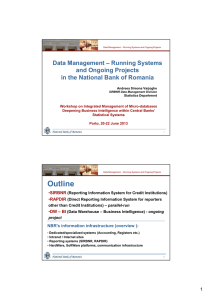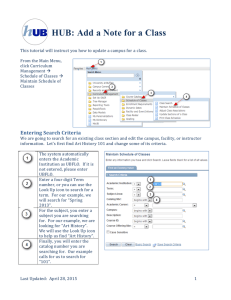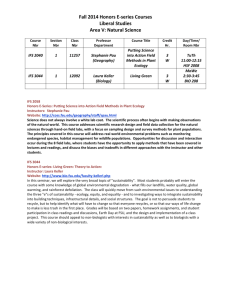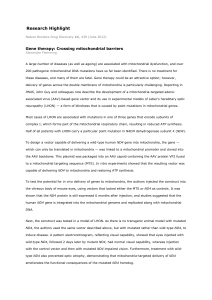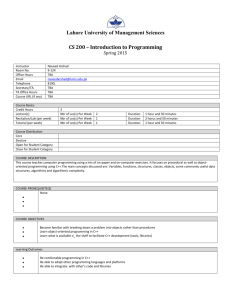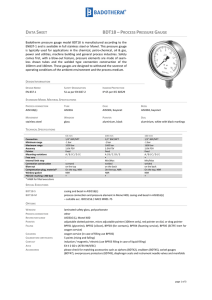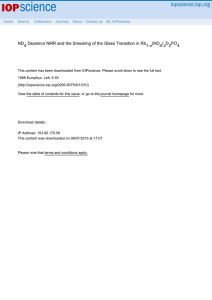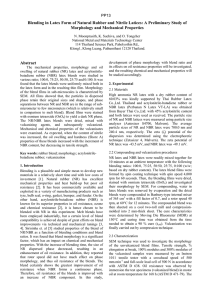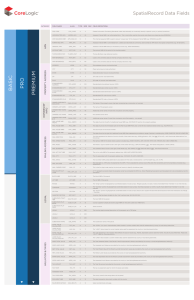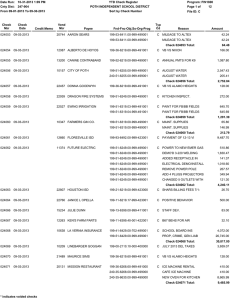– Running systems and ongoing
advertisement
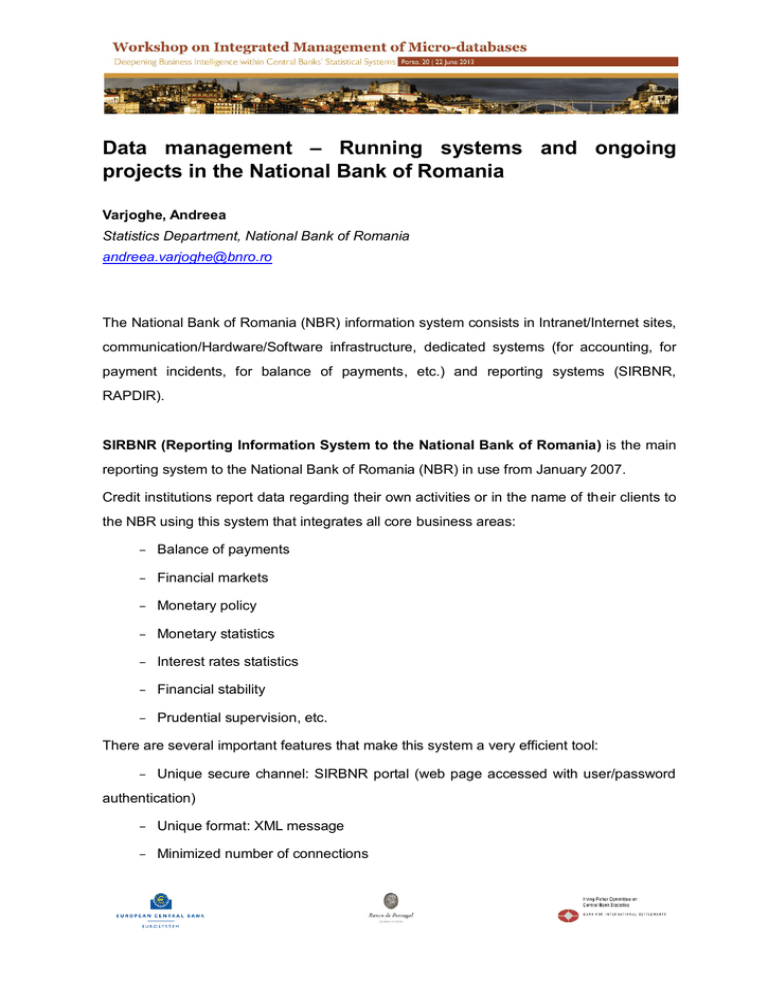
Data management – Running systems and ongoing projects in the National Bank of Romania Varjoghe, Andreea Statistics Department, National Bank of Romania andreea.varjoghe@bnro.ro The National Bank of Romania (NBR) information system consists in Intranet/Internet sites, communication/Hardware/Software infrastructure, dedicated systems (for accounting, for payment incidents, for balance of payments, etc.) and reporting systems (SIRBNR, RAPDIR). SIRBNR (Reporting Information System to the National Bank of Romania) is the main reporting system to the National Bank of Romania (NBR) in use from January 2007. Credit institutions report data regarding their own activities or in the name of their clients to the NBR using this system that integrates all core business areas: − Balance of payments − Financial markets − Monetary policy − Monetary statistics − Interest rates statistics − Financial stability − Prudential supervision, etc. There are several important features that make this system a very efficient tool: − Unique secure channel: SIRBNR portal (web page accessed with user/password authentication) − Unique format: XML message − Minimized number of connections − Standard flow of messages (regarding preliminary, business and cross-check validation) − No redundancy − Centralized administration − Nomenclature harmonization (standards enforcement) Reported data are stored in a large database that integrates several micro-databases and aggregated indicators. NBR users access SIRBNR applications for data processing (such as cross validation, aggregation, other calculations, data extraction to Excel/CSV files), data monitoring and final reports (based on business requirements, both for internal analyses and for reports to ECB and other international institutions). On the other hand Credit institutions have access to their own reported data and to aggregated indicators. RAPDIR (Direct Reporting System) was designed especially for reporters other than Credit Institutions. This system is currently on parallel-run test session and will start running this year. It will be the main channel for collecting statistical data directly from reporters such as: − Non-bank financial institutions − Insurance companies − Investment funds − Natural persons − Non-financial corporations etc. The estimated number of reporters is 40.000. Due to this large number of reporting entities, the NBR’s branches will be involved in the reporting process administration under the Statistics Department supervision. Based on the SIRBNR experience, RAPDIR has many similar features and also a series of improvements (like more flexibility in the uploading process and in system administration): − Secure channel (web page accessed with user/password authentication) − Reporting format: online/offline XML files or online forms (users can also make online corrections if necessary) 2 − Automated flow of messages (regarding preliminary, business and cross-check validation) − No redundancy − Nomenclature harmonization (standards enforcement) All statistical data collected through RAPDIR will be stored in several integrated microdatabases covering areas like international trade in services, foreign direct investment, foreign accounts transactions, non-monetary transactions, assets and liabilities of investment funds and non-bank financial institutions, foreign exchange transactions, portfolio investment etc. There will be software tools in RAPDIR similar to those in SIRBNR that will allow NBR users to: − Process data (calculations, extraction to Excel/CSV files etc.) − Monitor transmissions − Generate final reports for analysis and decision − Prepare data sets to be reported to ECB and other international institutions There are all premises for developing and implementing a Data Warehouse – Business Intelligence (DW-BI) system in the NBR: − Diversity, high quality and huge amount of collected data − Good performance of the SIRBNR reporting system − Imminent start of the new reporting system (RAPDIR) − Large business area (and number of reporters) covered by reporting systems The new DW-BI system will integrate data at micro and aggregate level from SIRBNR and RAPDIR databases, Excel/Word/PDF files and paper sources as well as from other systems and databases. There will be designed and implemented mechanisms and software tools for loading and updating data in the DW-BI database on regular basis or on supervisor decision. Business intelligence tools will allow users and key users to have better insight knowledge of the business areas, faster data access, ad-hoc reports, dashboards, predictive analysis, drill down analysis, what-if scenarios. 3
